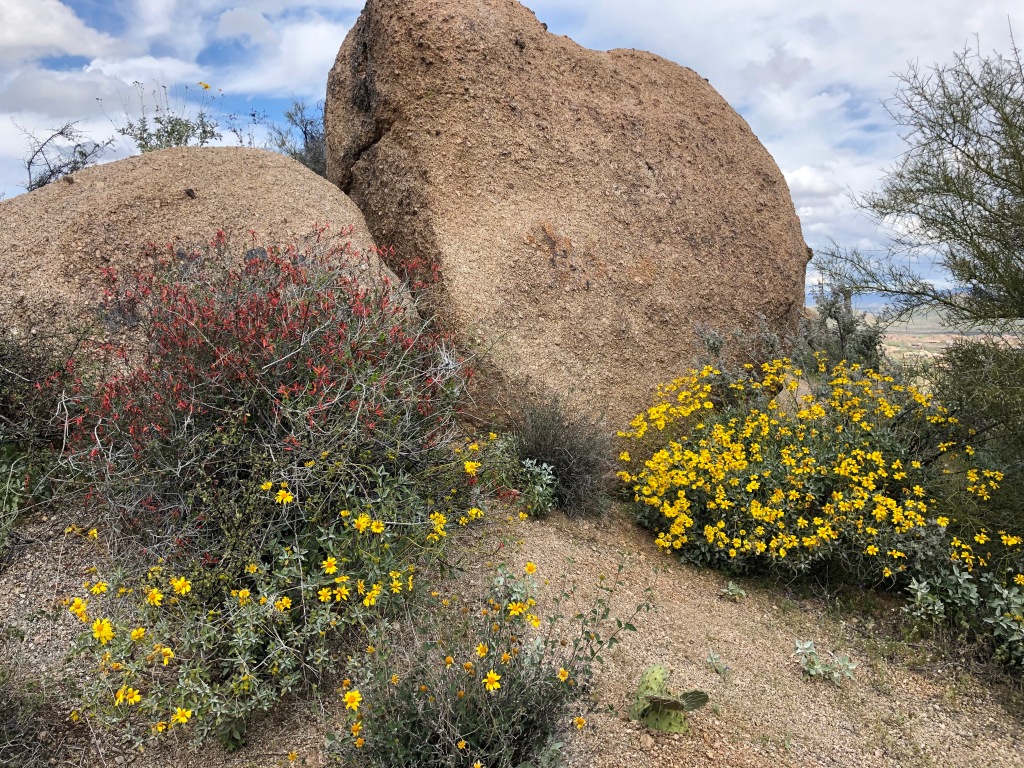Yes, the title sounds like a contradiction in terms, a true oxymoron. Deserts typically conjure up images of sand, rocks, and tumbleweeds with no water in sight. Many consider them lifeless, especially people who have never actually set foot in one. Of course, David Attenborough and others have done their best to illustrate how deserts are teeming with life, but there are still plenty of folks who cling to the misconceptions. The unconverted are often convinced there is only one season in the desert – summer. They also tend to think that all parts of a desert region are the same regarding topography, temperature, weather patterns, vegetation, and wildlife. Nothing could be further from the truth.

The only desert I have visited is in the American Southwest, primarily the Sonoran Desert in southern Arizona. However, I have read about other deserts around the world and have been mesmerized by documentary productions from PBS, BBC, National Geographic, and the Smithsonian. Depending on the time of year, there is incredible beauty to behold all across the desert landscape. Water may not be abundant, but it does exist. It also rains in the desert, although it tends to come all at once. In some areas it even snows, especially in the higher altitudes. Desert flora and fauna have evolved to survive in these conditions through a variety of innovative adaptations.

Green is my favorite color, I suppose because in the botanical world it signifies life. I love the lushness of forests, glades, mossy creek banks, fern blankets, and understory shrubs, but the desert has its own rich palette of green in so many different shades. The Sonoran Desert explodes from mid-March to late April with hundreds of species of wildflowers. Portions of the region stay green throughout the year with signature plants that are the most familiar in the Southwest. What adds even more interest is the plethora of shapes and sizes, from the golden brittlebush to the giant saguaro cactus. Some of the plants look as if they are extraterrestrial. The shapes and configurations get a bit funky sometimes, but these oddities are great for home or business landscapes because they are so unusual and even whimsical.


For American travelers who seek magnificent scenery and some of the best outdoor recreation the country has to offer, overlooking the desert Southwest is a huge mistake. There are hiking trails everywhere. Depending on the location, the temperature is pleasant all year. The region is great for fishing, camping, cycling, mountain biking, birdwatching, and so much more. The same opportunities are available within deserts all over the world. If “getting away from it all” sounds appealing beyond the necessities of social distancing in the age of COVID, the desert is the place to be. So, dismiss the stereotypes and dig a little deeper to discover just how alive the desert is, and then make plans to witness it in the flesh.



